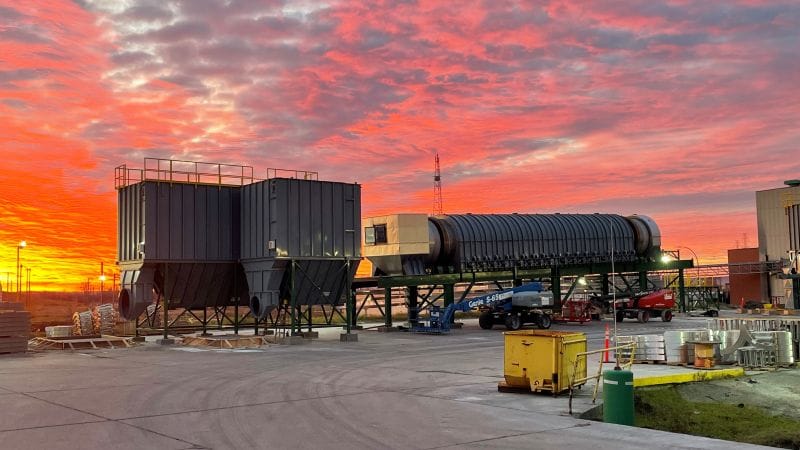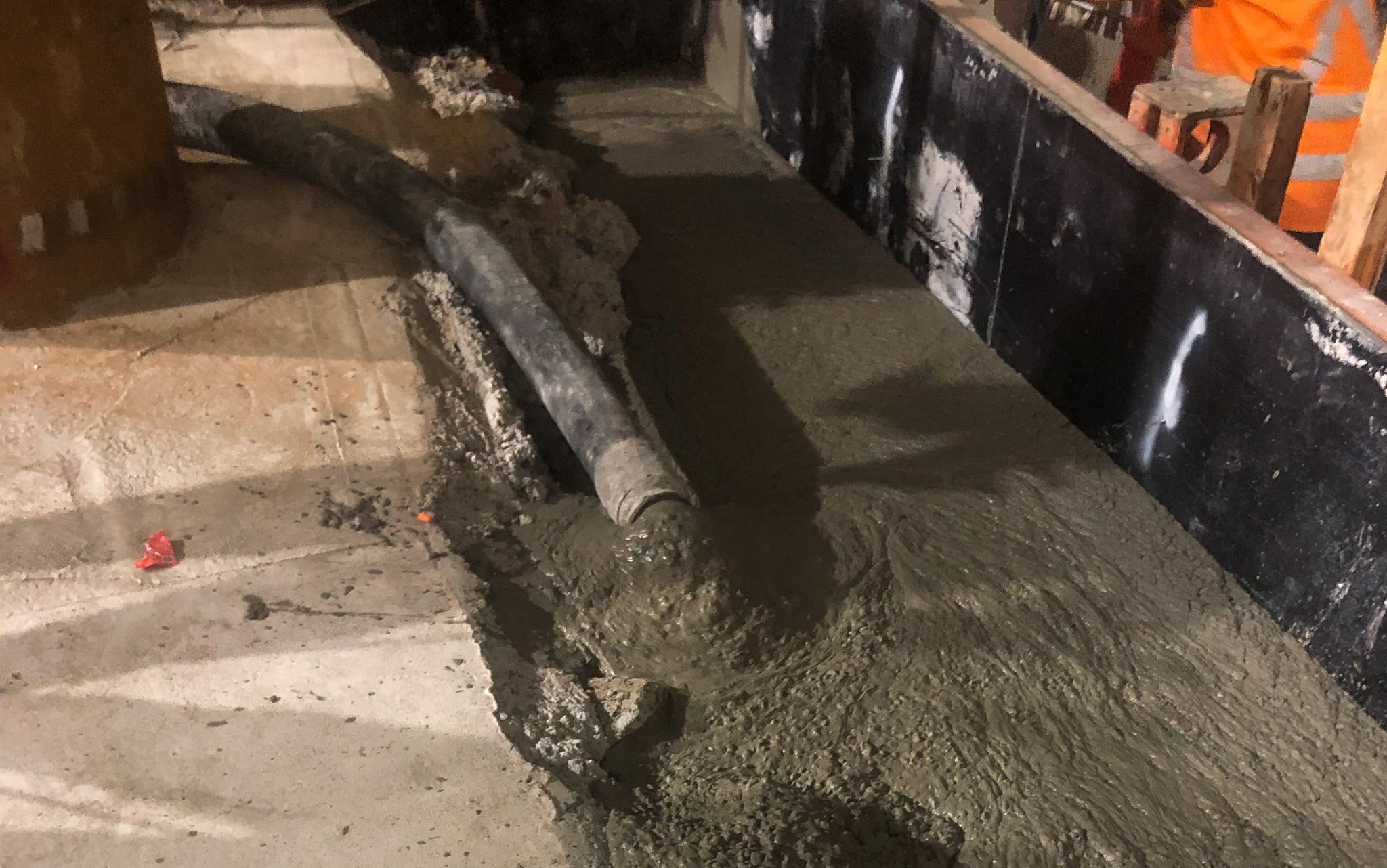There are a lot of efforts globally to recycle this problematic waste stream from construction and some solid solutions have come into the market. The problem is bigger than most people realise and in many countries, gypsum board waste is still going to landfill,which is a climate change issue as gypsum board emits methane as it breaks down. Landfill management companies are starting to realise this and increasingly rejecting gypsum board waste to prevent increased emissions from landfill. This has meant that unofficial dumps of gypsum board waste have started to pop up despite solid attempts at driving recycling of the material.
Part of the issue in recycling gypsum board, has been that the grade of the recycled and separated gypsum and the paper streams, has not been high enough to allow for viable financial value to make the recycling model work. This is where we feel the VIS machine has an advantage to existing recycling options.
We saw the potential of our machine based on the paper being non-responsive to the forces in our machine. In partnership with Ash-TEK (USA based engineering solutions company), we set up a proof of concept production grade plant in the USA in 2022 and ran 50 tons of material through the plant to verify the positive small scale results we achieved previous.
The results are solid. We create an ultra fine and high grade gypsum that is 100% clean and has the benefit of the chemical reactivity and particle shape that our process gives to material. The paper waste is also far cleaner of gypsum compared to other processes as in the VIS machine, all gypsum including that clumped to the paper, is exploded out and means very little residue still on the paper. This means the paper can be more effectively recycled with large volume recycling options for use of this paper being possible and we are currently exploring the most financially viable options for this paper recycling.
In the process that our partners AshTEK designed, there are 3 streams of output material:
- Large paper sections that passed through the machine unprocessed are immediately separated from the material post the VIS machine output.
- Fluffy smaller bits of paper that were screened from the ultra fine gypsum. These small "fluffy" bits of paper were generated from some of the paper being wind and gypsum impact shredded as it passed through the machine.
- Ultra-fine and 100% pure high-grade gypsum.







